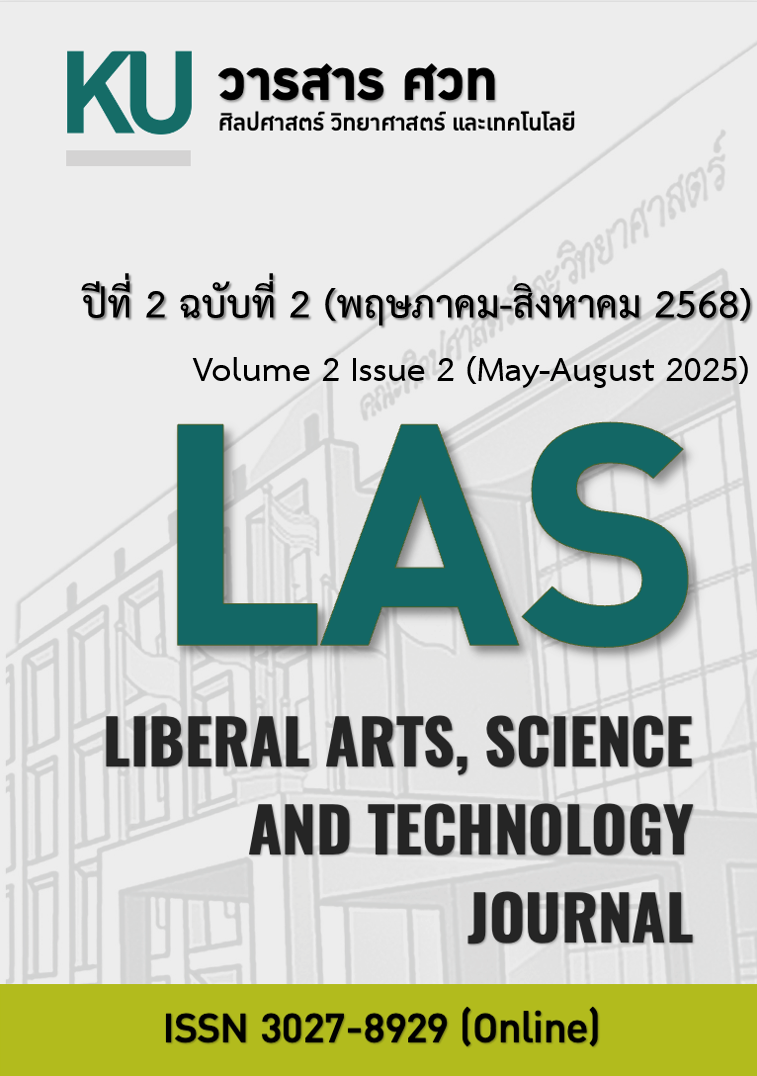Phytochemical content and antioxidant activity of Butterfly Pea extract using different extraction methods
Keywords:
Phenolic compound, Flavonoid, Maceration, Soxhlet extractionAbstract
Butterfly pea (Clitoria ternatea) is a plant known for its diverse bioactive properties. This study aimed to investigate the phytochemical contents—phenolic compounds, flavonoids, vitamin C, and anthocyanins—as well as the antioxidant activities of butterfly pea flower extracts obtained through maceration and Soxhlet extraction methods. The results revealed that the phytochemical content and antioxidant activity of the extracts increased with concentration. Phenolic compounds were found in the highest amounts (up to 156.12±17.98 mg GAE/g extract), followed by flavonoids, vitamin C, and anthocyanins, respectively. Comparatively, Soxhlet extraction yielded higher levels of phenolic compounds, flavonoids, and vitamin C, whereas maceration resulted in greater anthocyanin content and reducing power. However, there was no statistically significant difference in DPPH radical scavenging activity between the two extraction methods, with EC50 values of 1.49 and 1.57 mg/mL for maceration and Soxhlet extraction, respectively. These findings indicate that butterfly pea flowers are a rich source of phytochemicals and antioxidants, and that the extraction method influences the yield of bioactive compounds.
References
ธีร์ หะวานนท์, และเกียรติสุดา เหลืองวิลัย. (2562). ผลของเวลาเก็บเกี่ยวและฤดูกาลต่อกิจกรรมการต้านอนุมูลอิสระ ปริมาณแอนโทไซยานิน และสารฟีนอลิกทั้งหมดในดอกอัญชัน. วารสารเกษตรพระจอมเกล้า, 37(4), 655-661.
รัตนา อินทรานุปกรณ์. (2547). การตรวจสอบและการสกัดแยกสารสำคัญจากสมุนไพร. สำนักพิมพ์แห่งจุฬาลงกรณ์มหาวิทยาลัย.
Alara, O. R., Abdurahman, N. H., & Ukaegbu, C. I. (2018). Soxhlet extraction of phenolic compounds from Vernonia cinerea leaves and its antioxidant activity. Journal of Applied Research on Medicinal and Aromatic Plants, 11, 12-17. https://doi.org/10.1016/j.jarmap.2018.07.003
Analeti, P. & Anil, B. (2023). Analysis of antioxidants activity, phenolic content and vitamin-C of Clitoria ternate. International Journal for Research Trends and Innovation, 8(7), 531-534.
Bitwell, C., Indra, S. S., Luke, C., & Kakoma, M. K. (2023). A review of modern and conventional extraction techniques and their applications for extracting phytochemicals from plants. Scientific African, 19, e01585. https://doi.org/10.1016/j.sciaf.2023.e01585
Brand-Williams, W., Cuvelier, M. E., & Berset, C. (1995). Use of a free radical method to evaluate antioxidant activity. LWT-Food Science and Technology, 28(1), 25–30.
Chin, F. S., Chong, K. P., Markus, A., & Wong, N. K. (2013). Tea polyphenols and alkaloids content using soxhlet and direct extraction methods. World Journal of Agricultural Sciences, 9(3), 266-270.
Harykrishnan, S., Ganapathy, M., Abinaya, K., Meenakumari, S., Thirumavalavan, M., Anbu, P., & Pachaiappan, R. (2025). An evaluation study on screening, partial purification, and characterization of proteins and antioxidant peptides from two varieties of Clitoria ternatea. International Journal of Biological Macromolecules, 285, 138312, https://doi.org/10.1016/j.ijbiomac.2024.138312.
Kaisoon, O., Siriamornpun, S., Weerapreeyakul, N., & Meeso, N. (2011). Phenolic compounds and antioxidant activities of edible flowers from Thailand. Journal of Functional Foods, 3, 88-99.
Kamkaen, N, & Wilkinson, J. M. (2009). The antioxidant activity of Clitoria ternatea flower petal extracts and eye gel. Phytotherapy Research, 23(11), 1624-1625.
Kazuma K, Noda N, Suzuki M. 2003. Flavonoid composition related to petal color in different lines of Clitoria ternatea. Phytochemistry, 64, 1133-1139.
Lee, J., Durst, R. W., & Wrolstad, R. E. (2005). Determination of total monomeric anthocyanin pigment content of fruit juices, beverages, natural colorants, and wines by the pH differential method: collaborative study. Journal of AOAC International, 88, 1269-1278.
Li, C., Tang, W., Chen, S., He, J., Li, X., Zhu, X., Li, H., & Peng, Y. (2022). Phytochemical properties and in vitro biological activities of phenolic compounds from flower of Clitoria ternatea L. Molecules, 27(19), 6336. https://doi.org/10.3390/molecules27196336
Masota, N. E., Vogg, G., Heller, E., & Holzgrabe, U. (2020). Comparison of extraction efficiency and selectivity between low-temperature pressurized microwave-assisted extraction and prolonged maceration. Arch Pharm (Weinheim), 353(10):e2000147. doi: 10.1002/ardp.202000147
Singleton, V. L., & Rossi, J. A. (1965). Colorimetry of total phenolics with phosphomolybdic-phosphotungstic acid reagents. American Journal Enology Viticulture, 16, 144–158.
Xue, H., Zhao, J., Wang, Y., Shi, Z., Xie, K., Liao, X., & Tan, J. (2024). Factors affecting the stability of anthocyanins and strategies for improving their stability: A review. Food Chemistry: X, 24, 101883. https://doi.org/10.1016/j.fochx.2024.101883
Yen, G. C., & Chen, H. Y. (1995). Antioxidant activity of various tea extracts in relation to their antimutagenicity. Journal of Agricultural and Food Chemistry, 43, 27–32.
Zhishen, J., Mengcheng, T., & Jianming, W. (1999). The determination of flavonoid contents in mulberry and their scavenging effects on superoxide radicals. Food Chemistry, 64, 555–559.
Downloads
Published
How to Cite
Issue
Section
Categories
License
Copyright (c) 2025 ศวท : ศิลปศาสตร์ วิทยาศาสตร์และเทคโนโลยี

This work is licensed under a Creative Commons Attribution-NonCommercial-NoDerivatives 4.0 International License.







